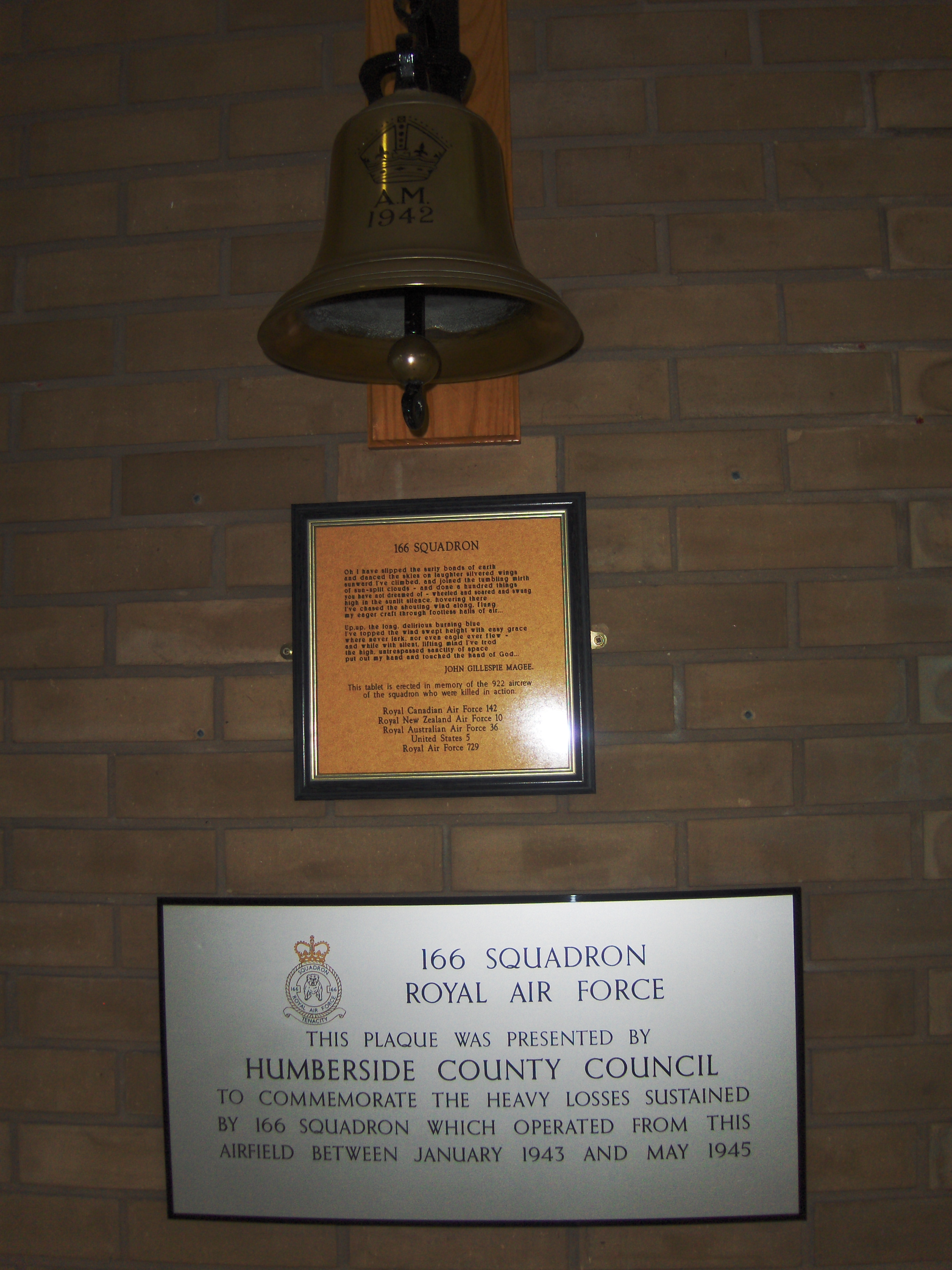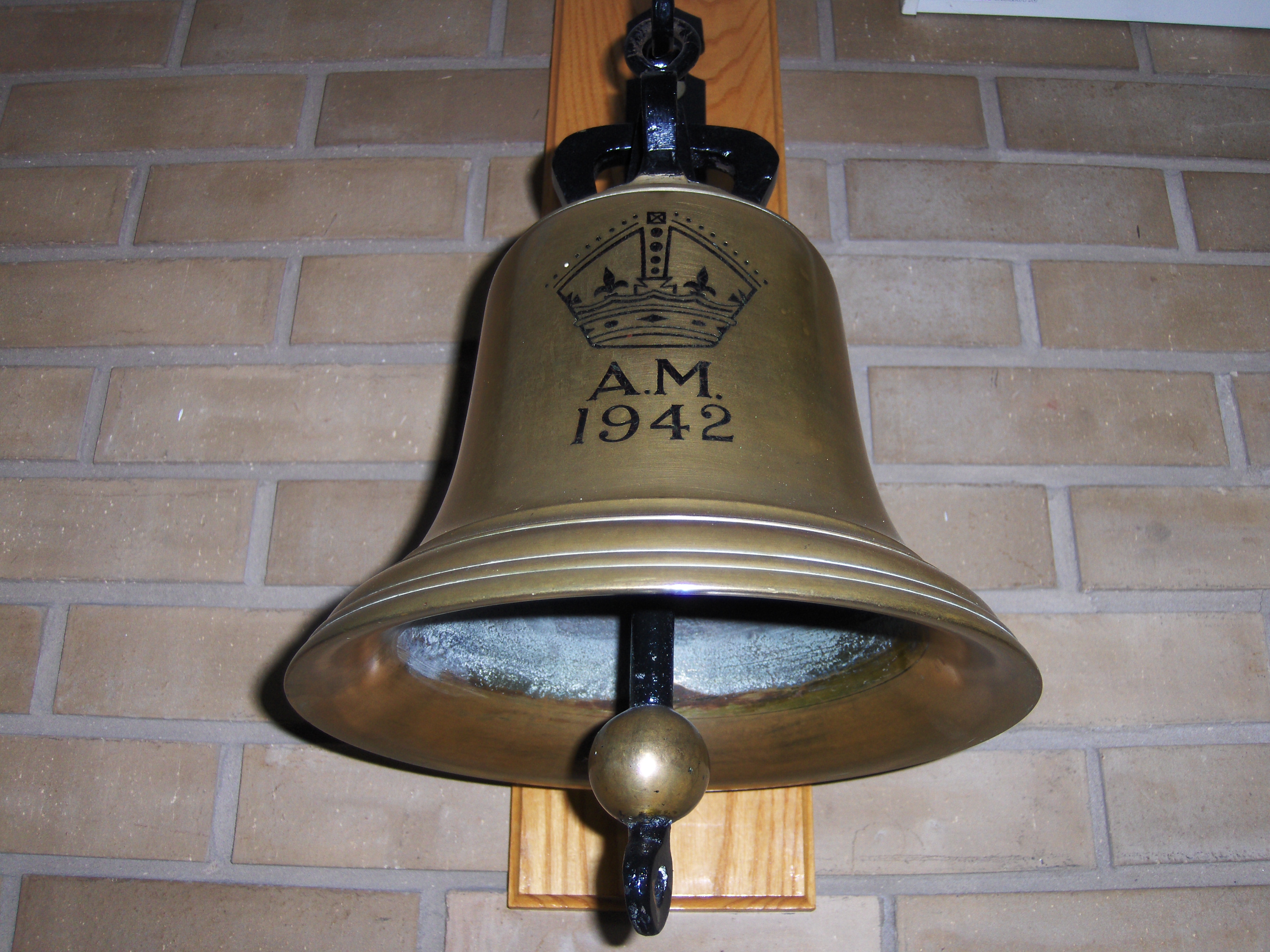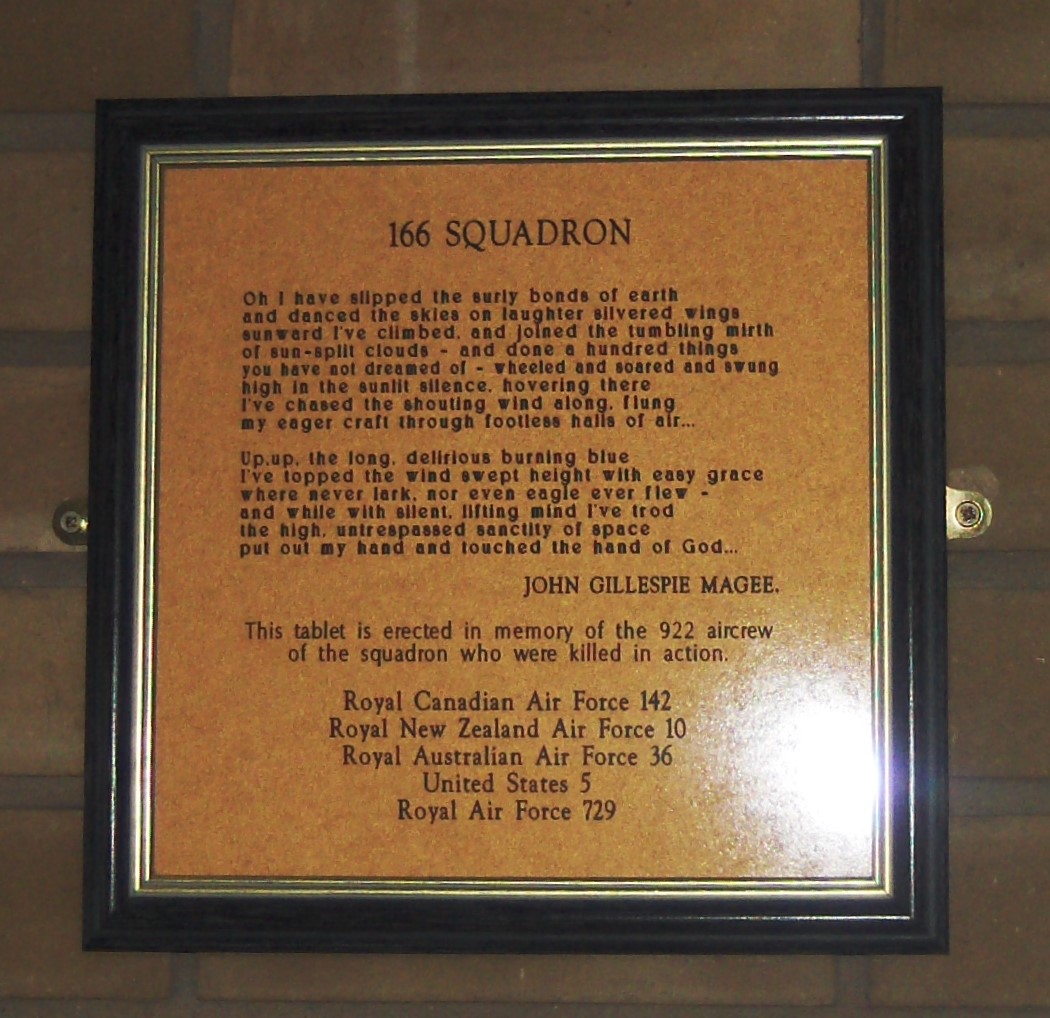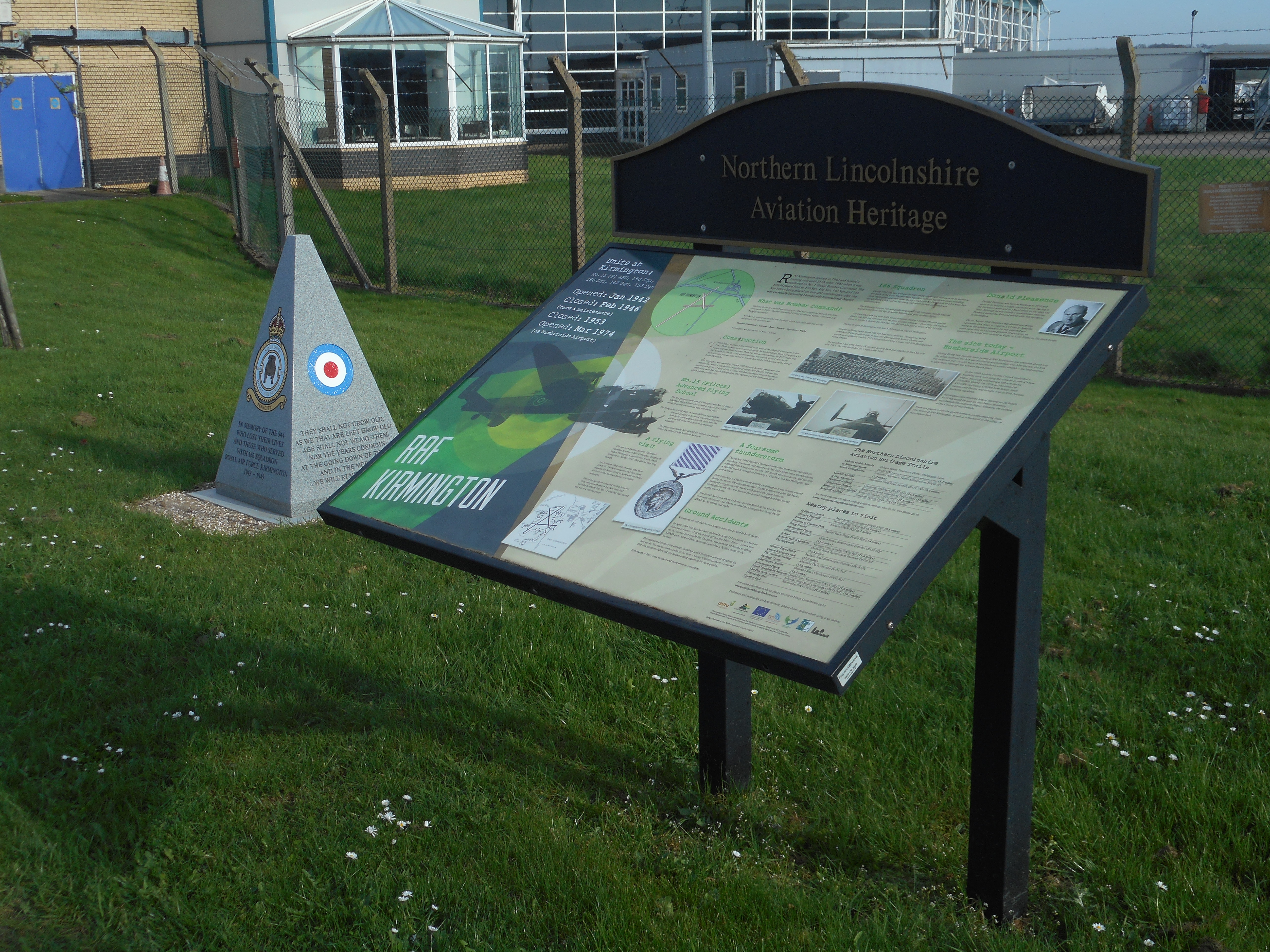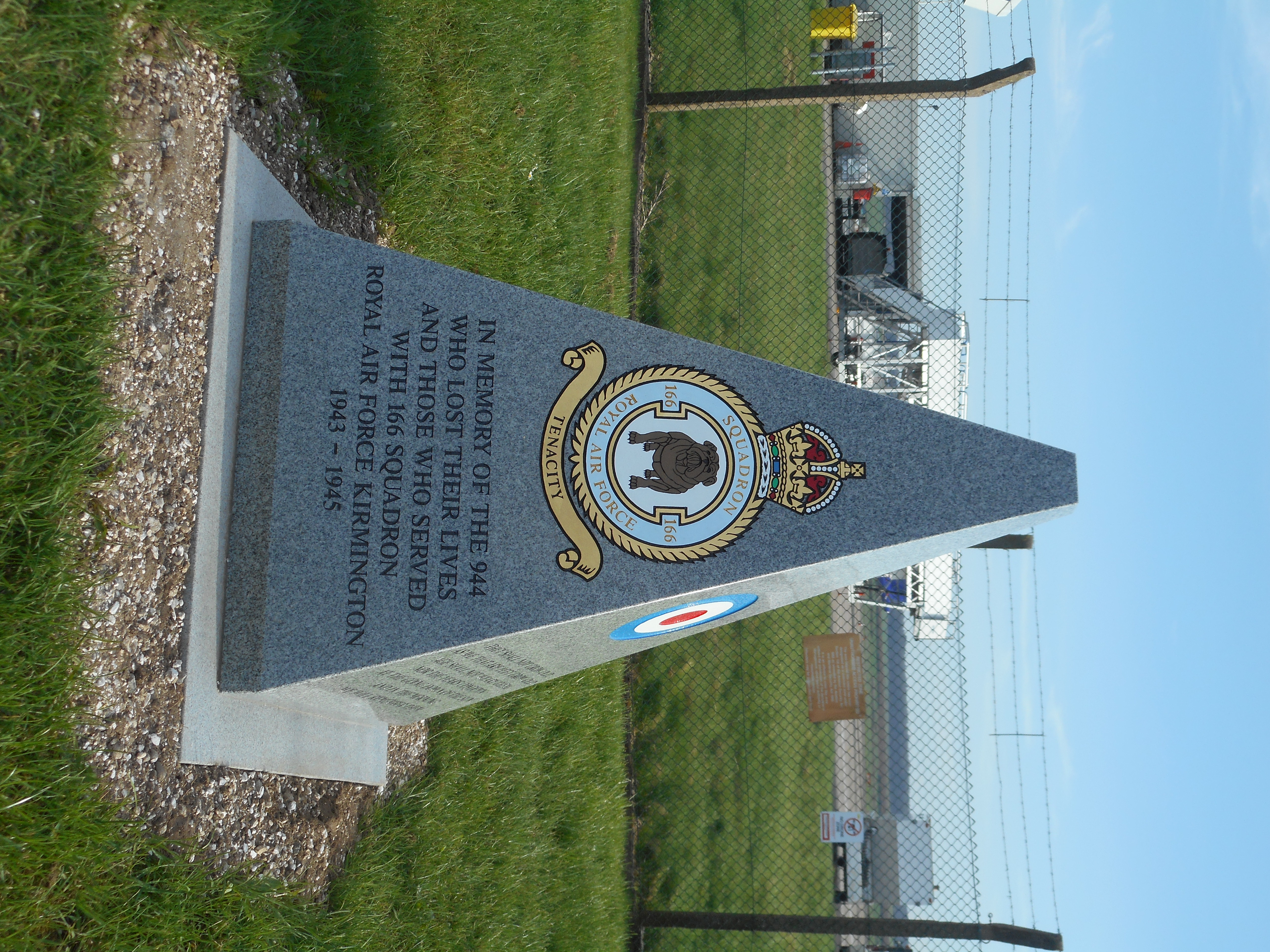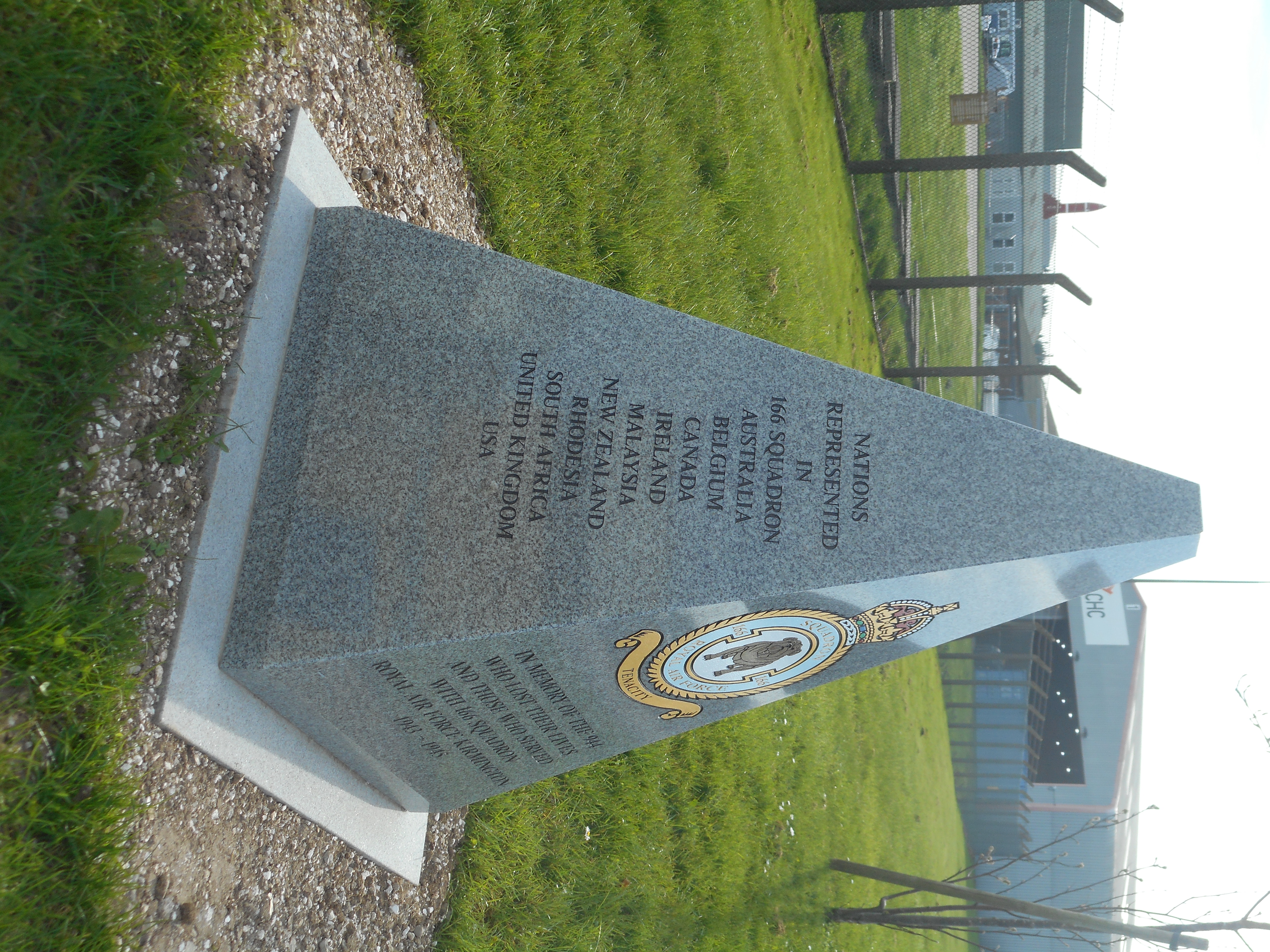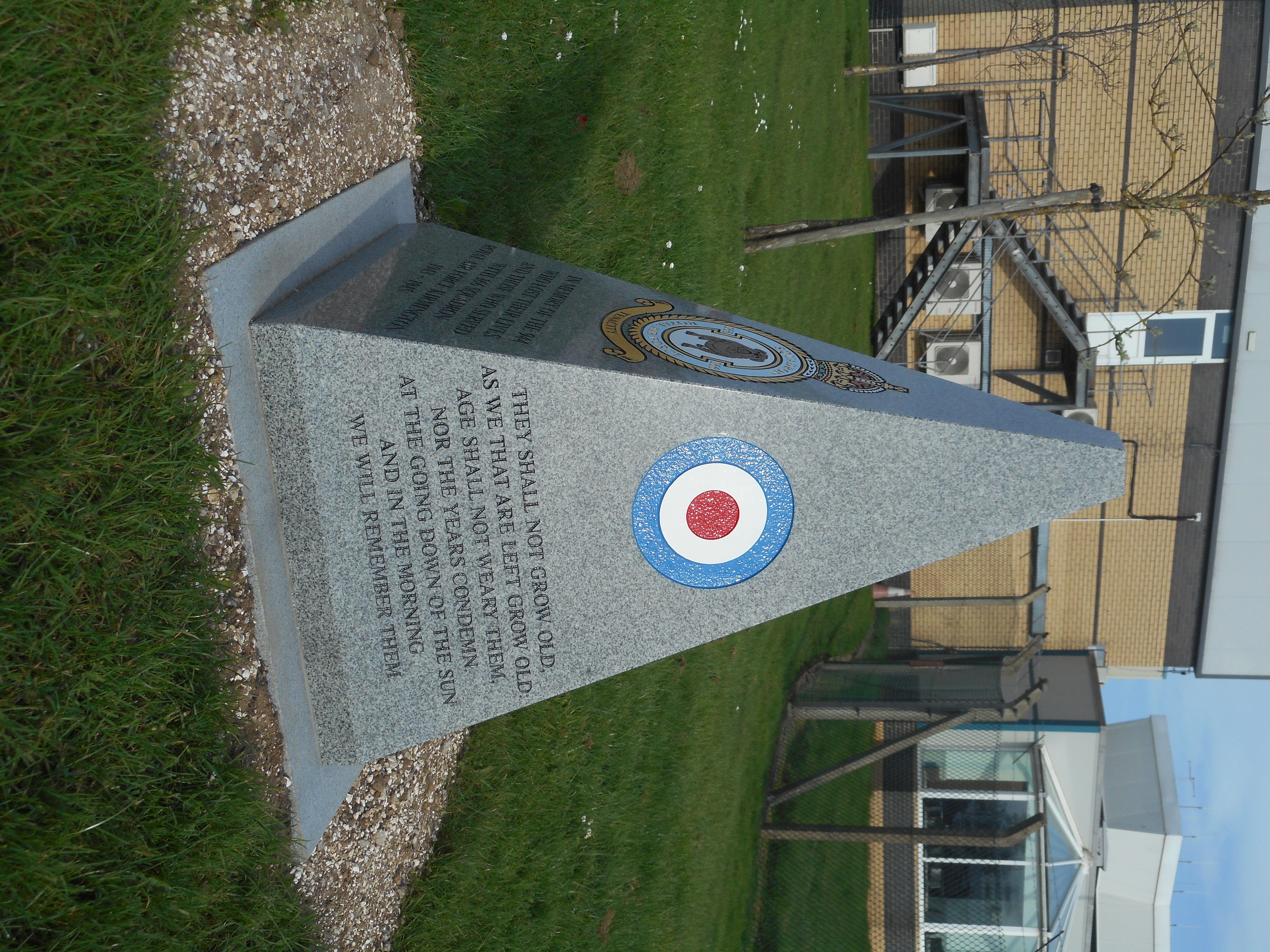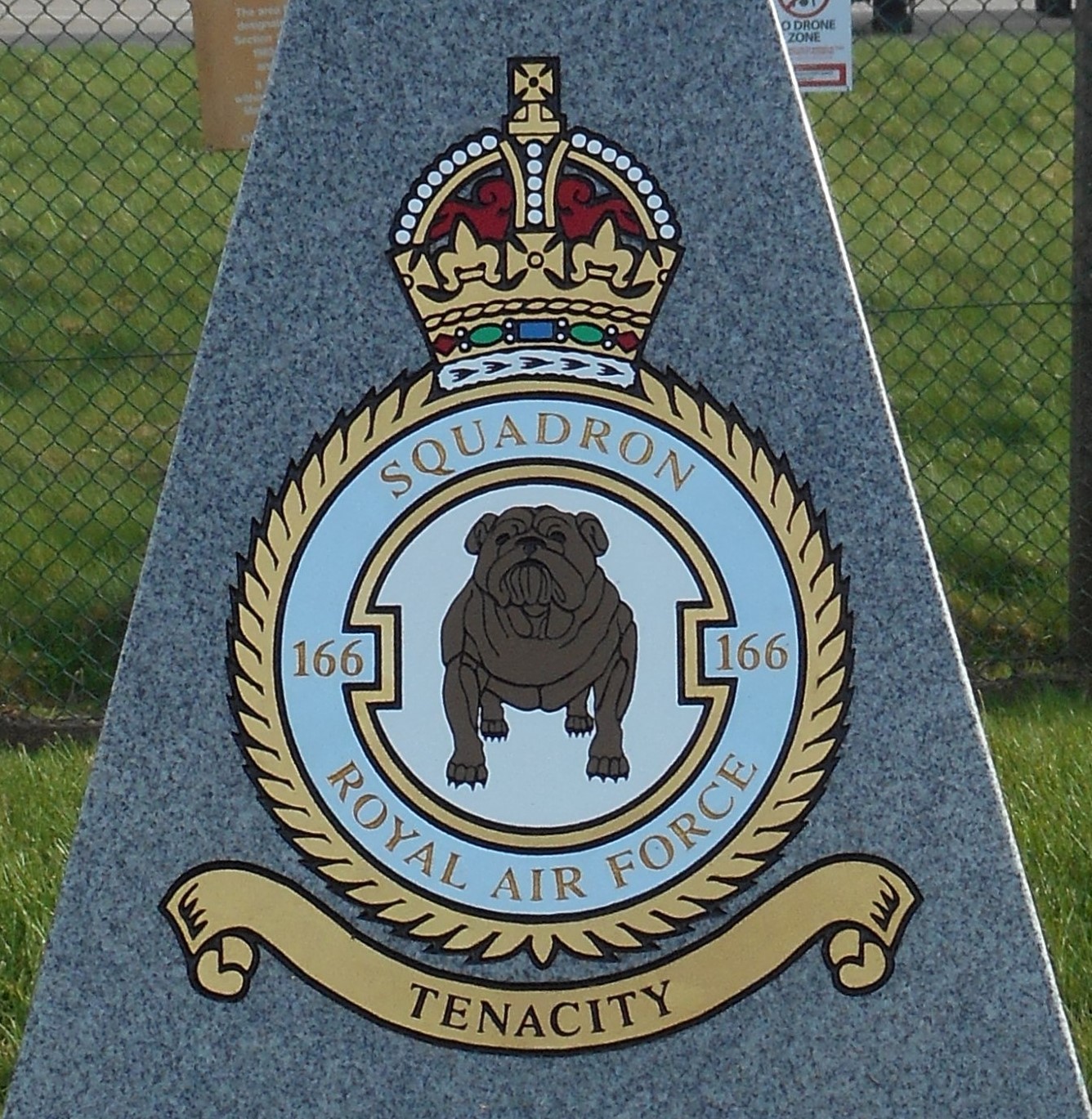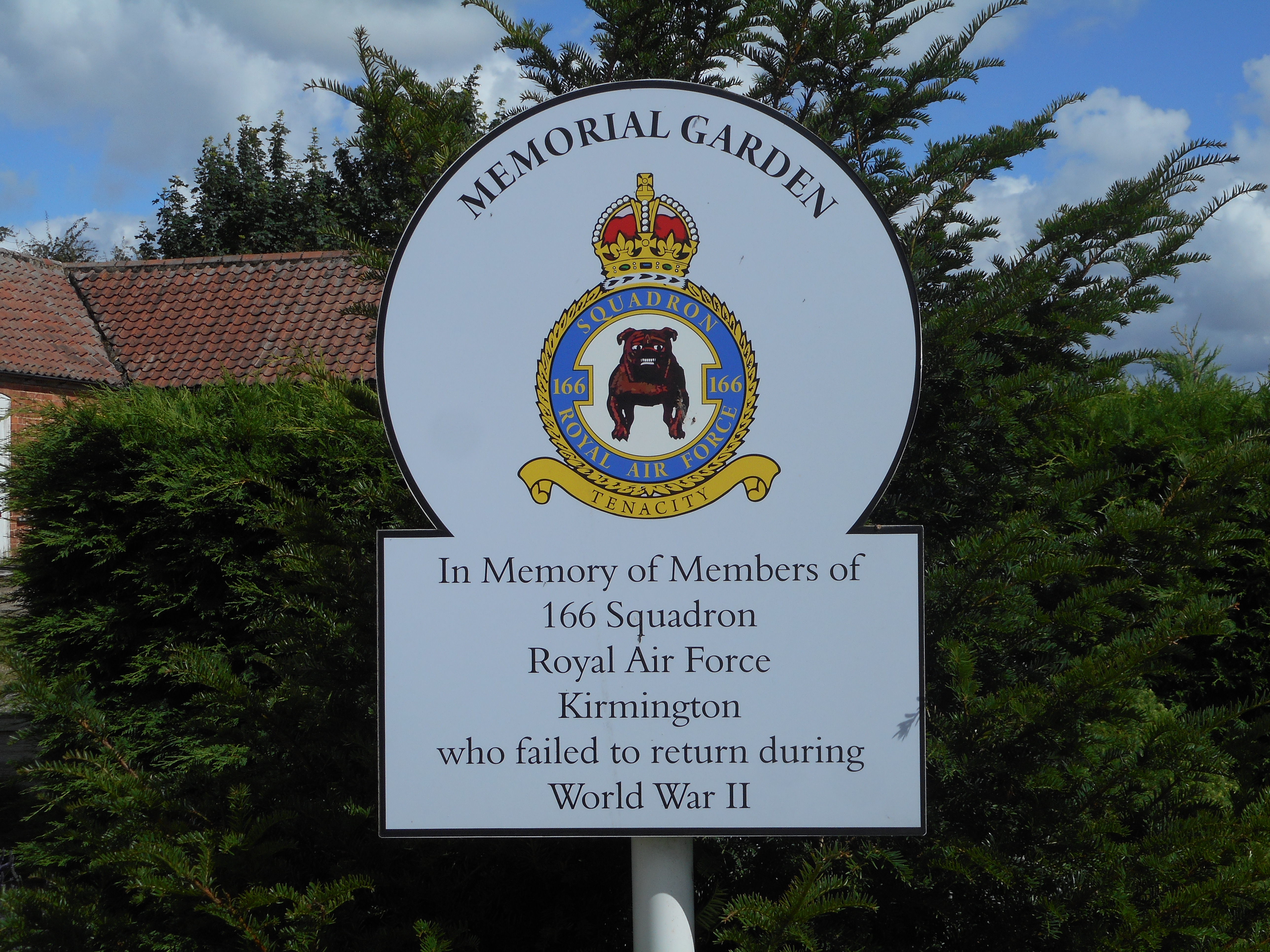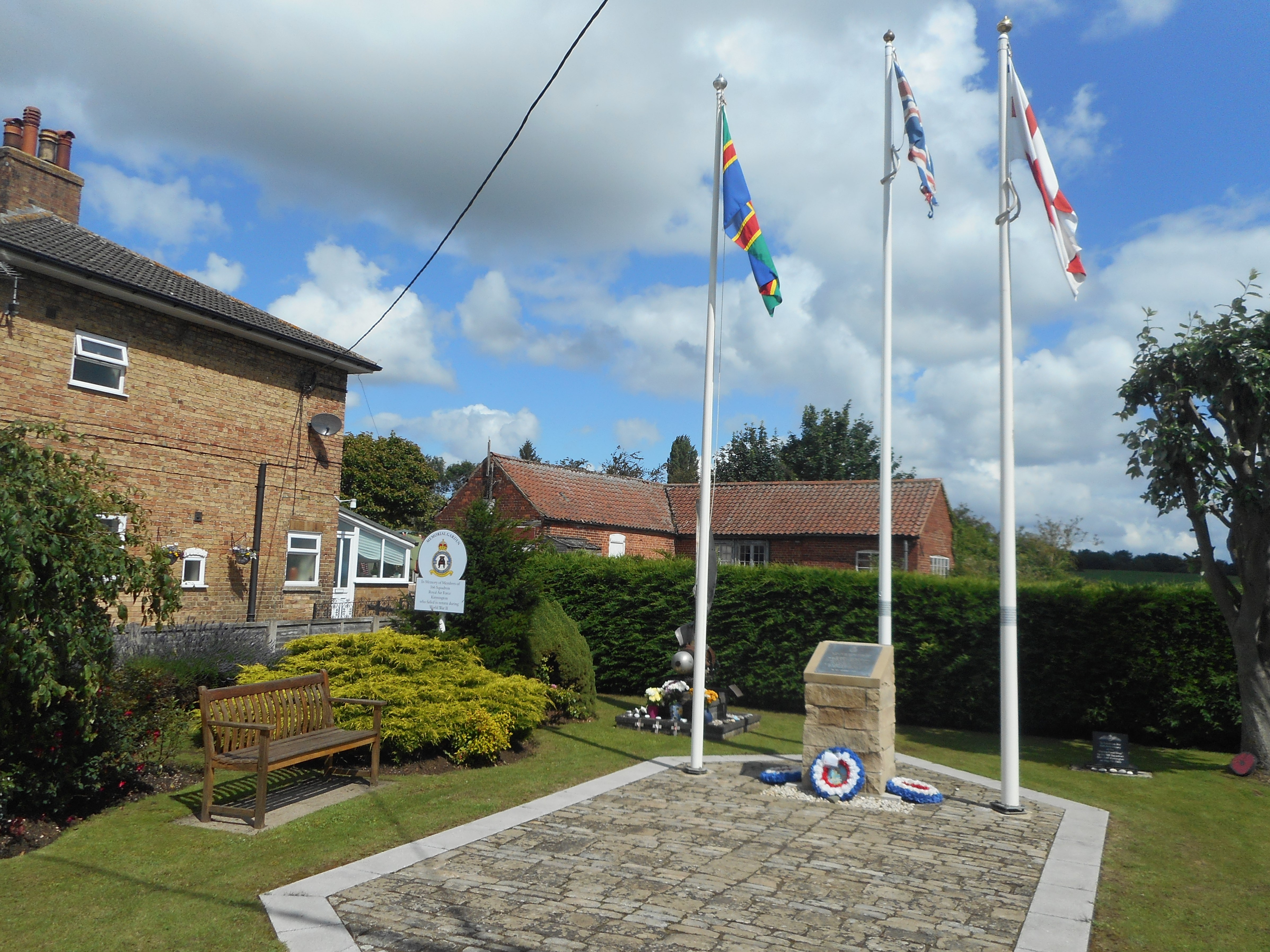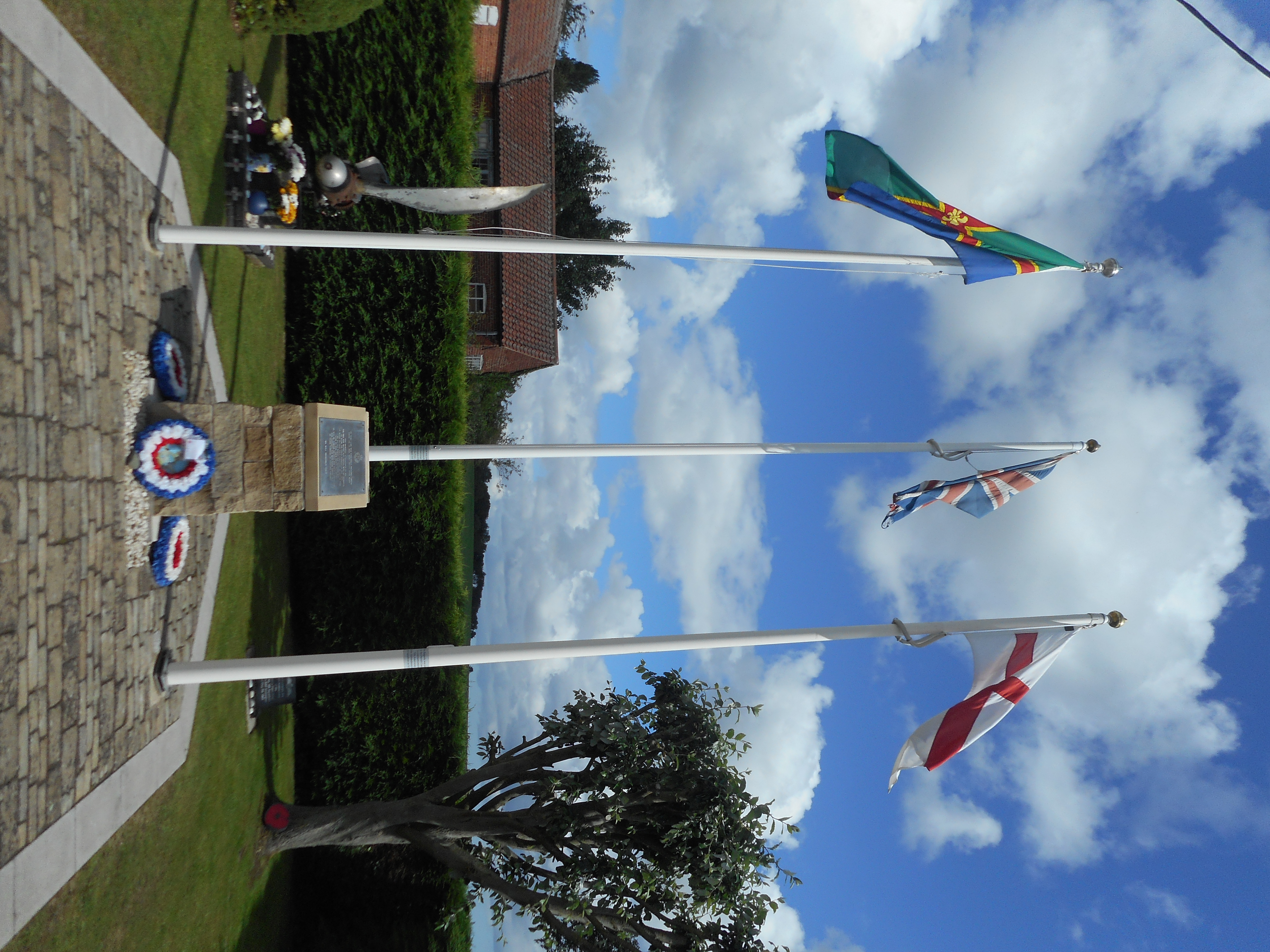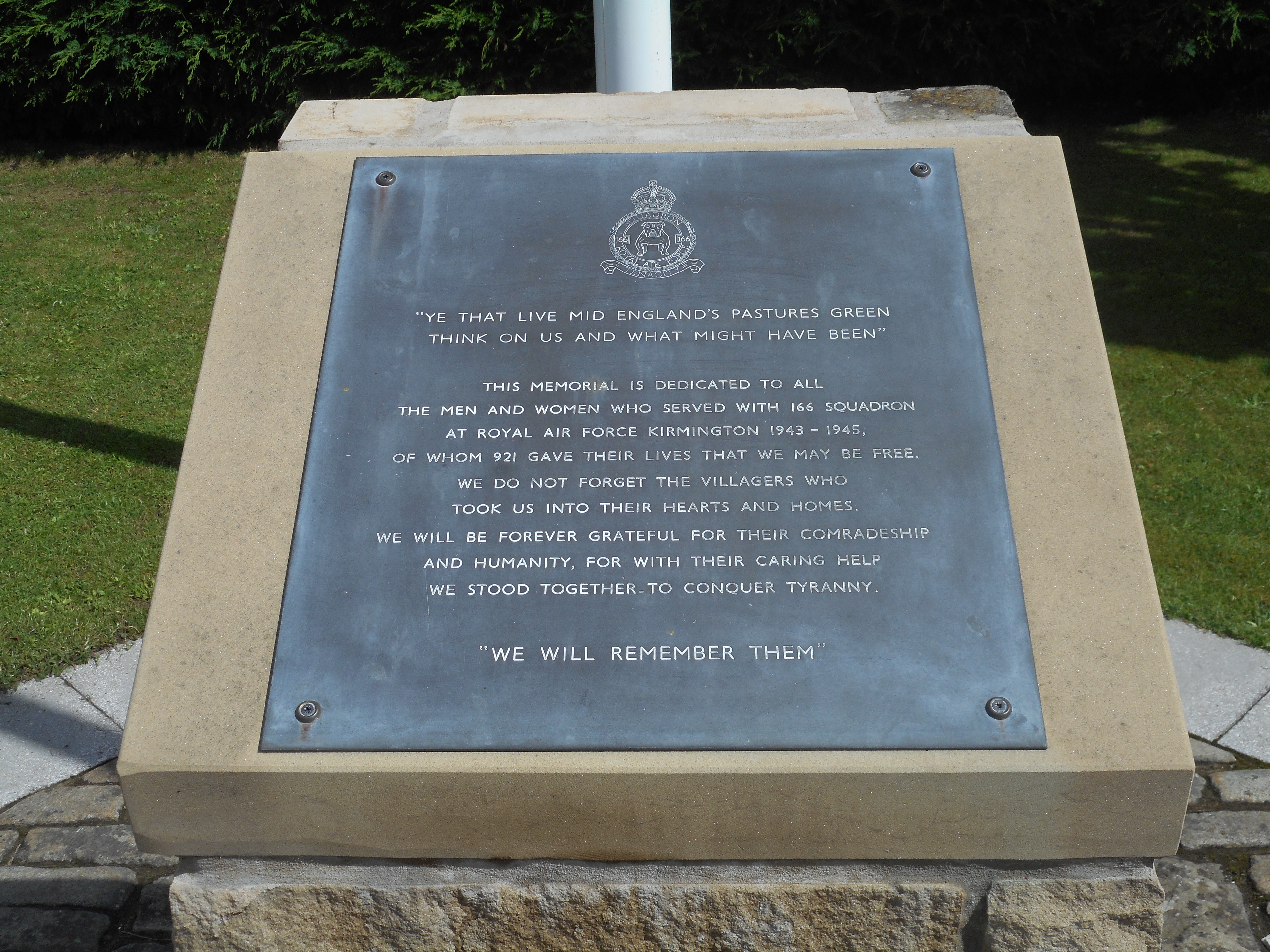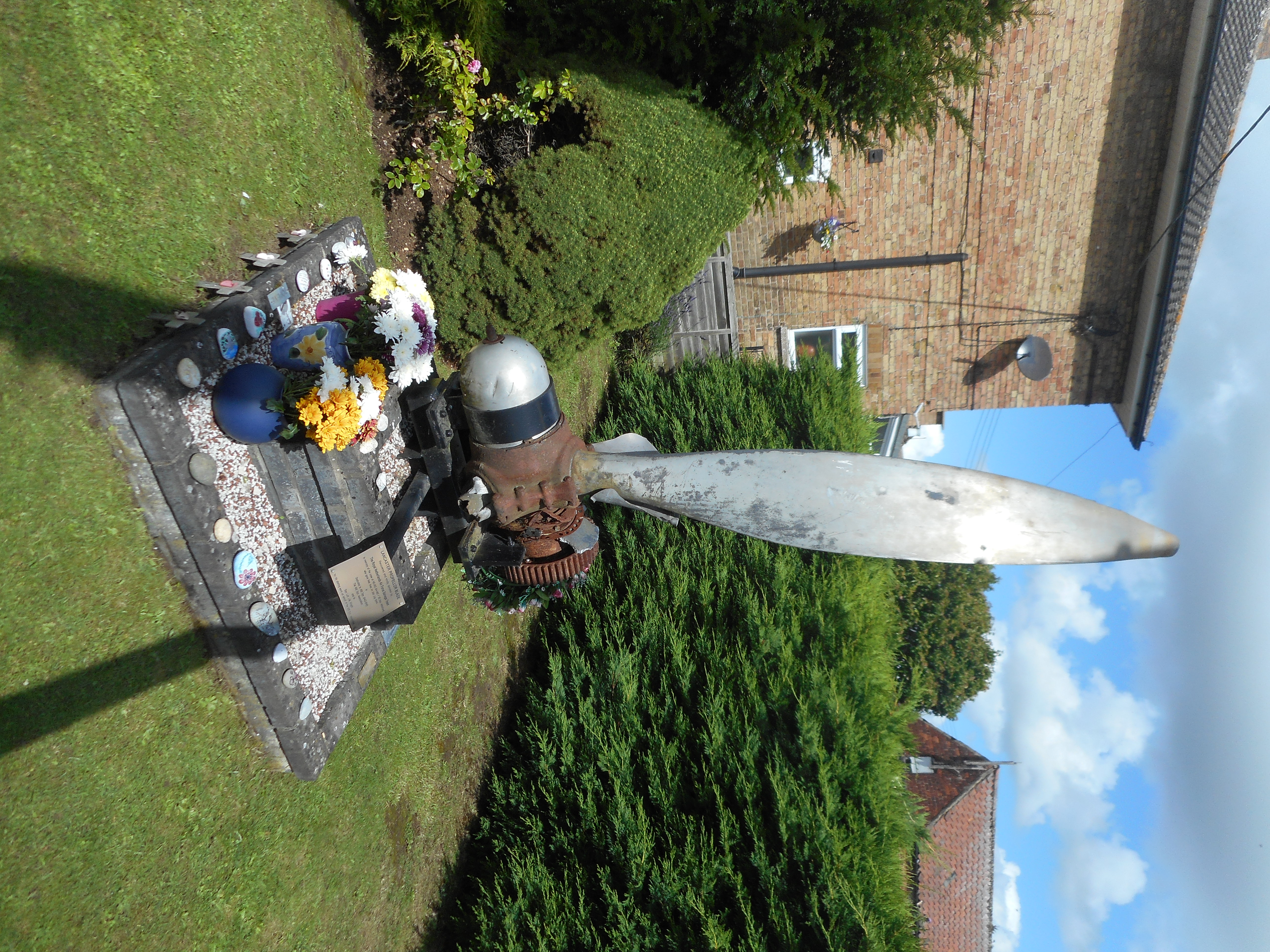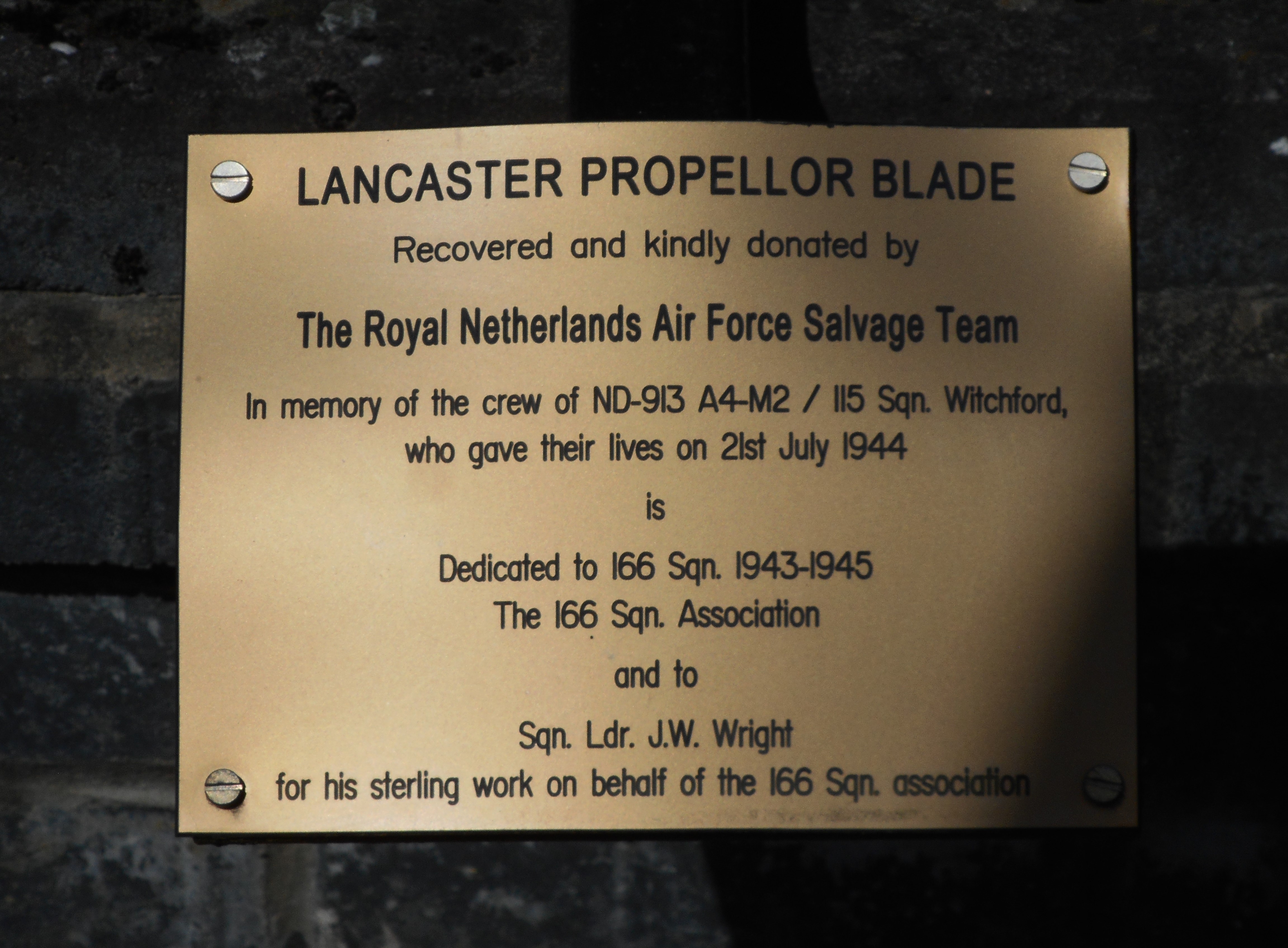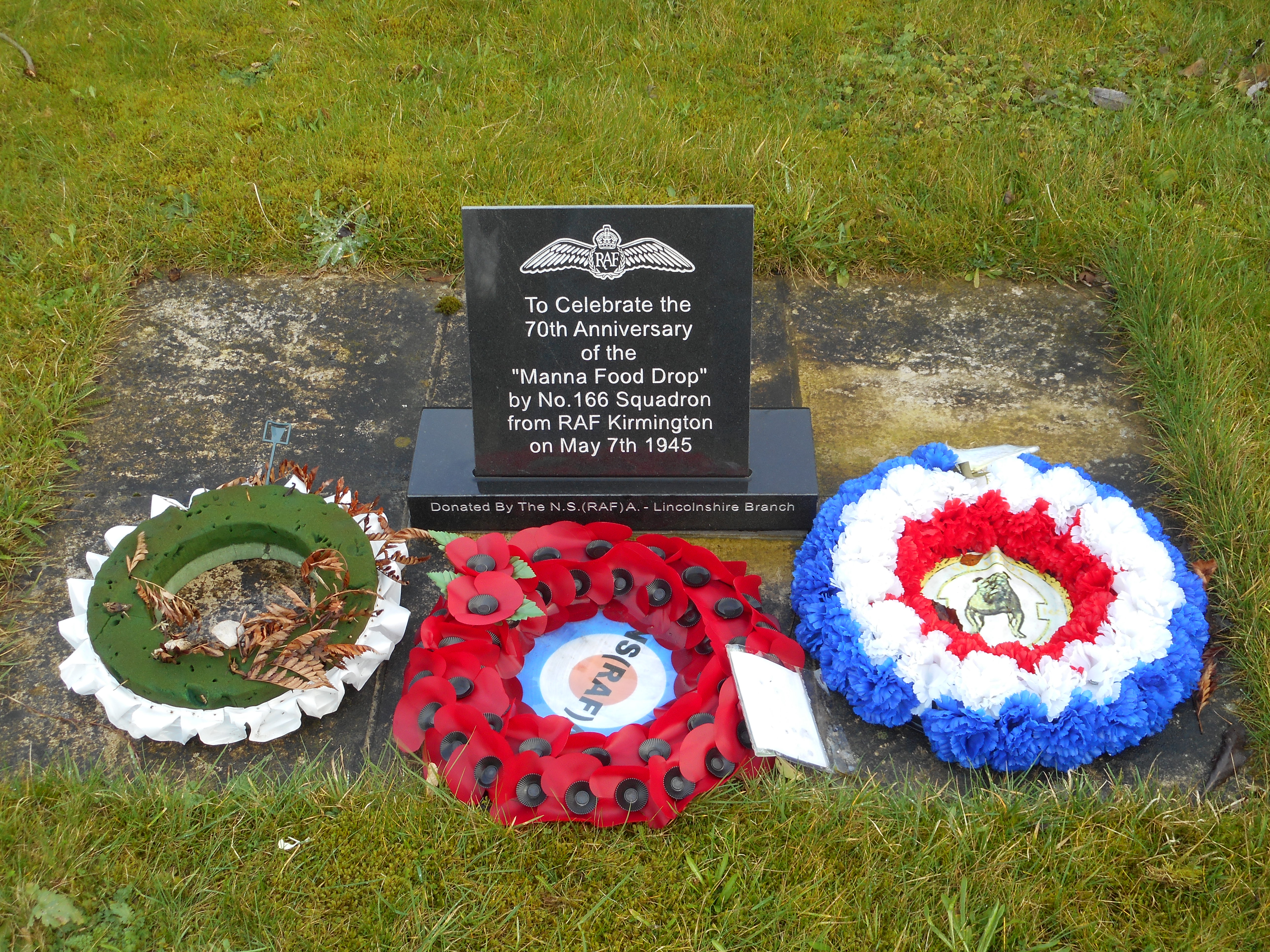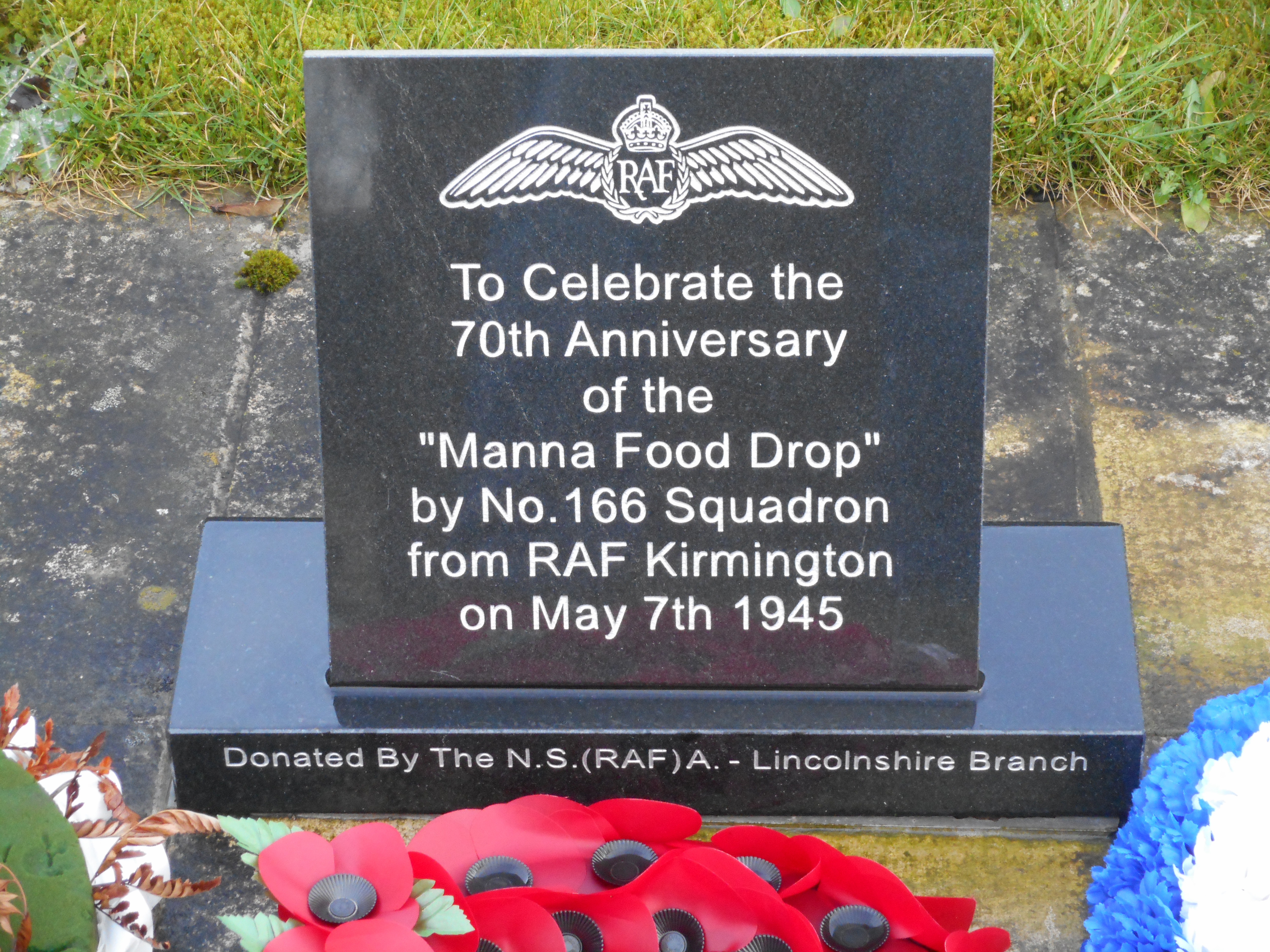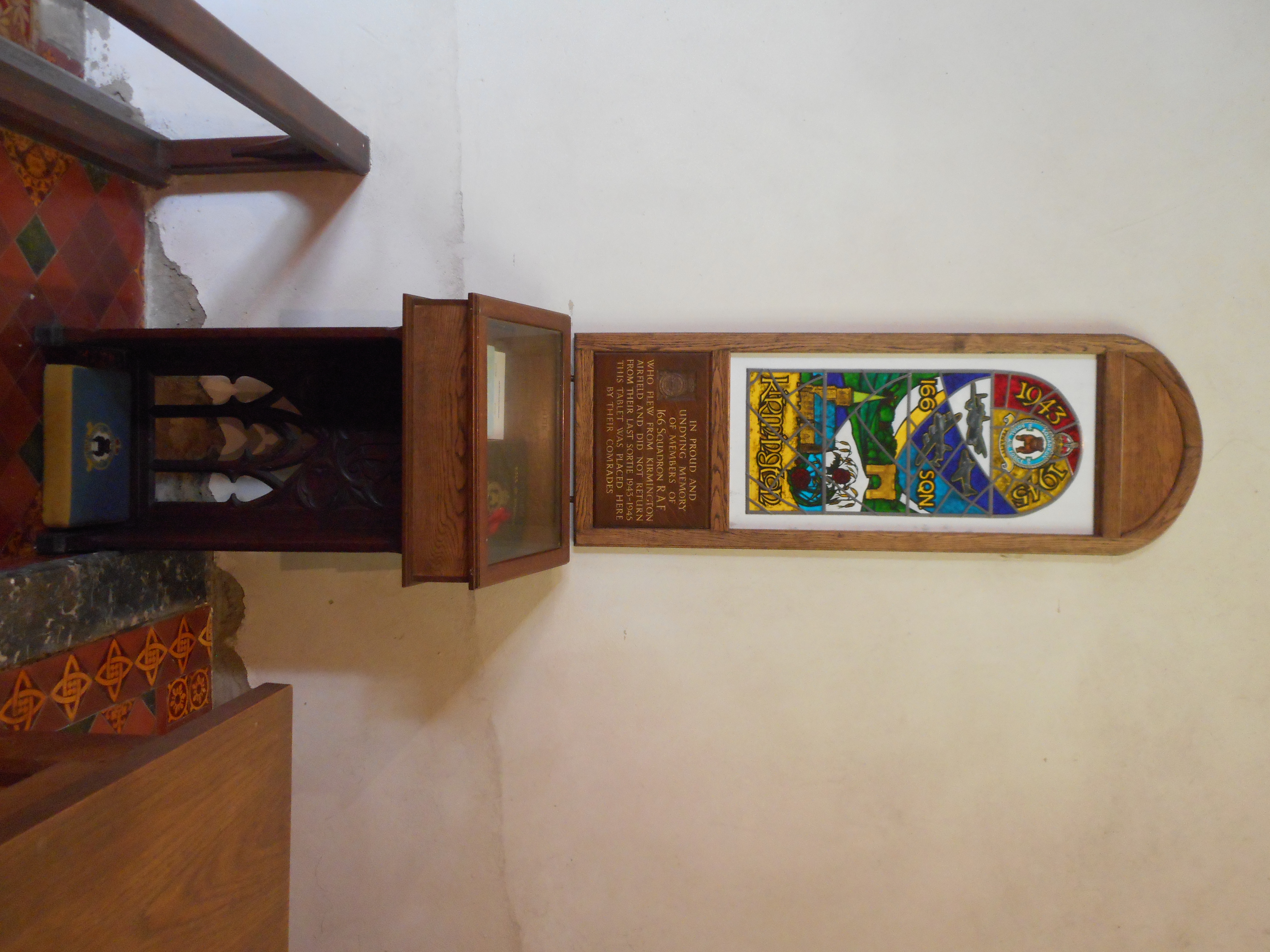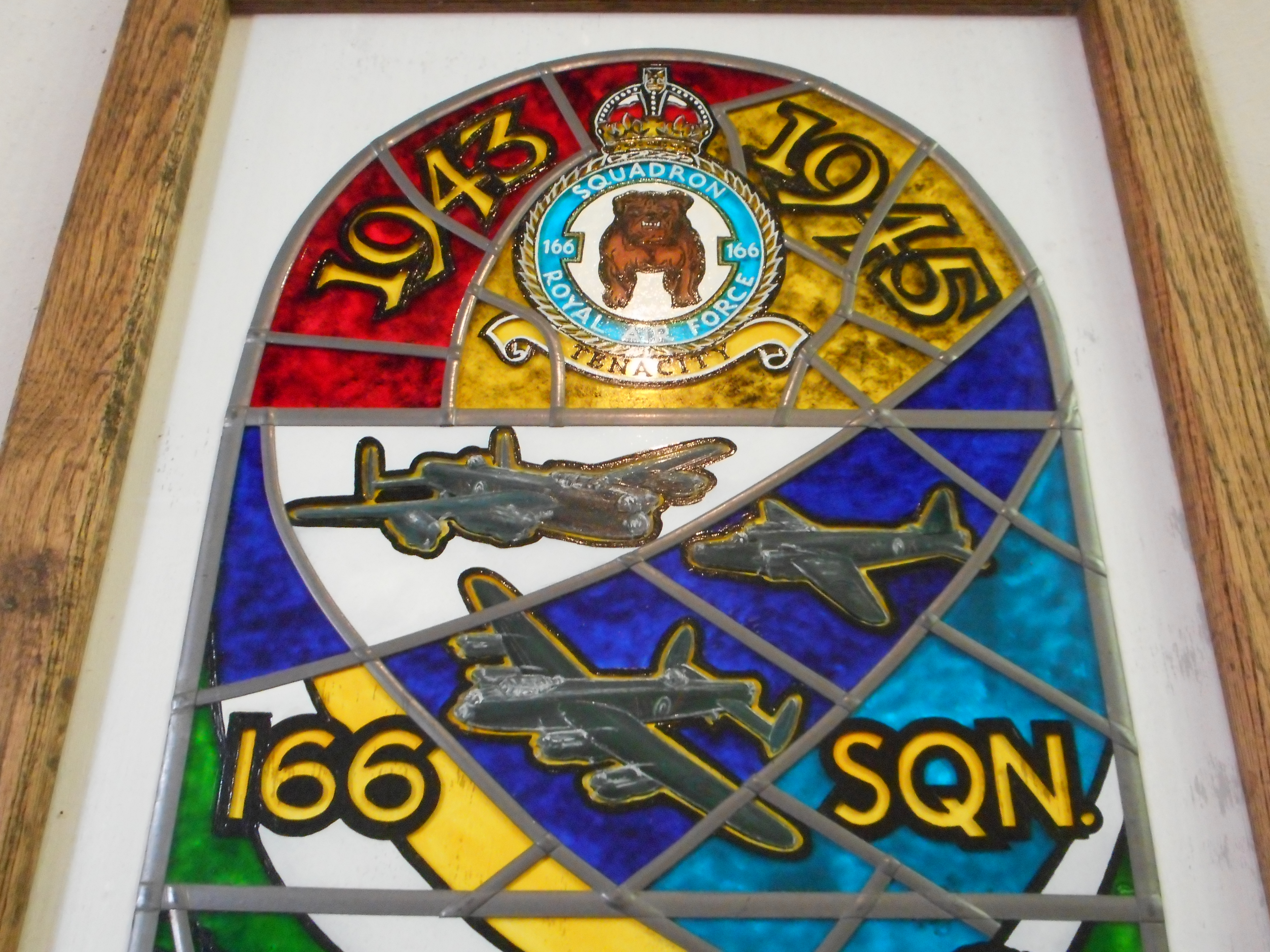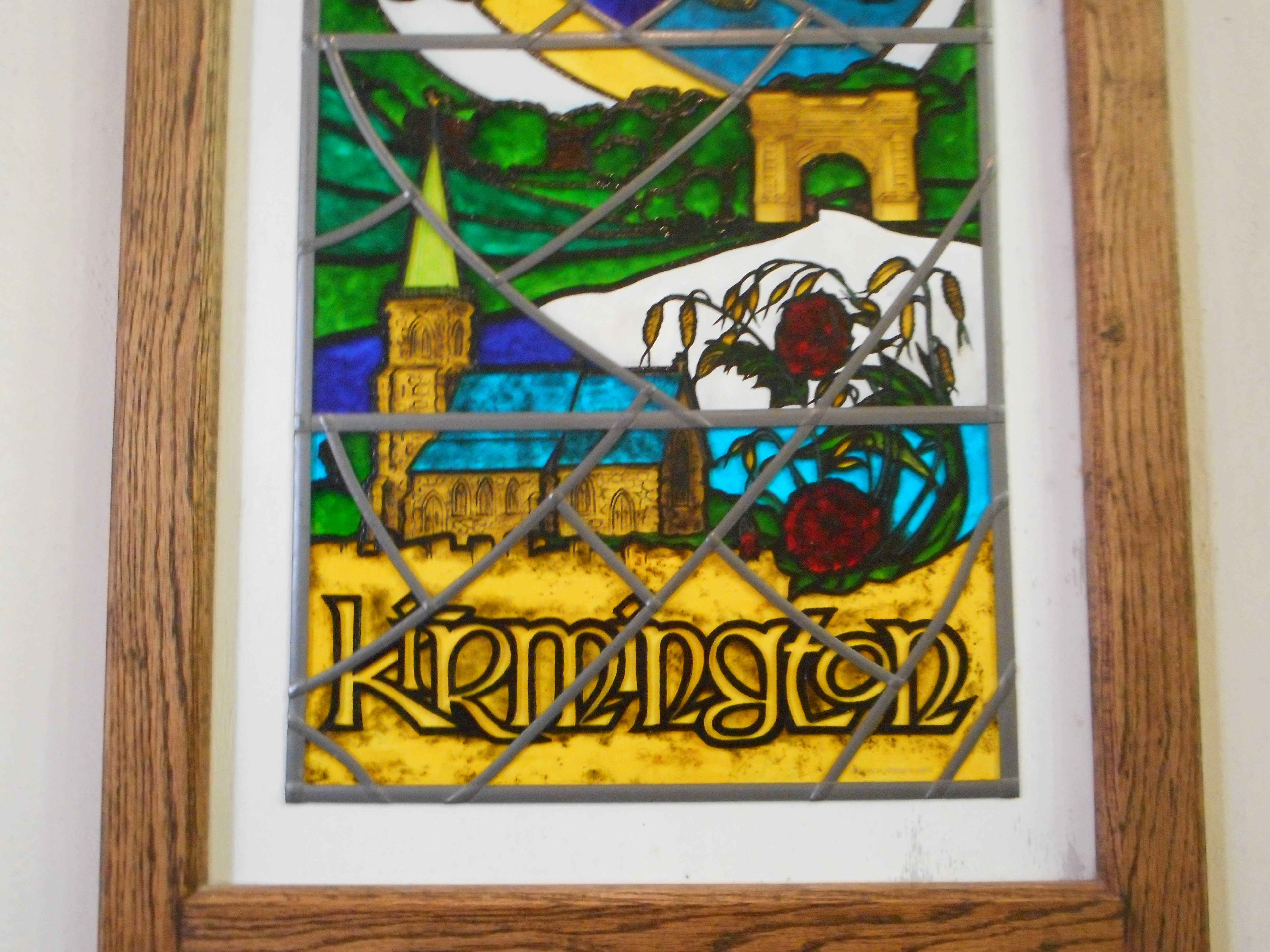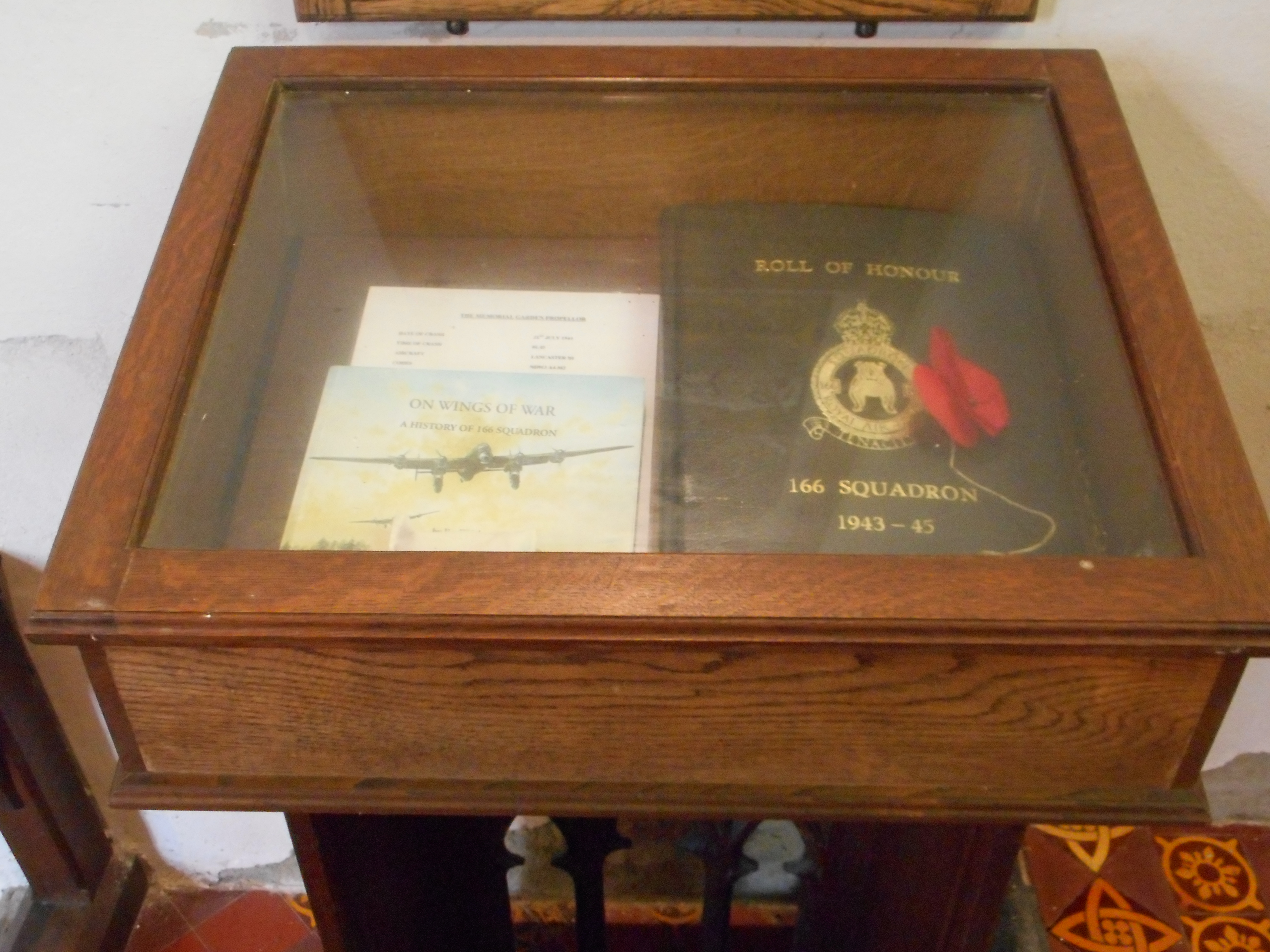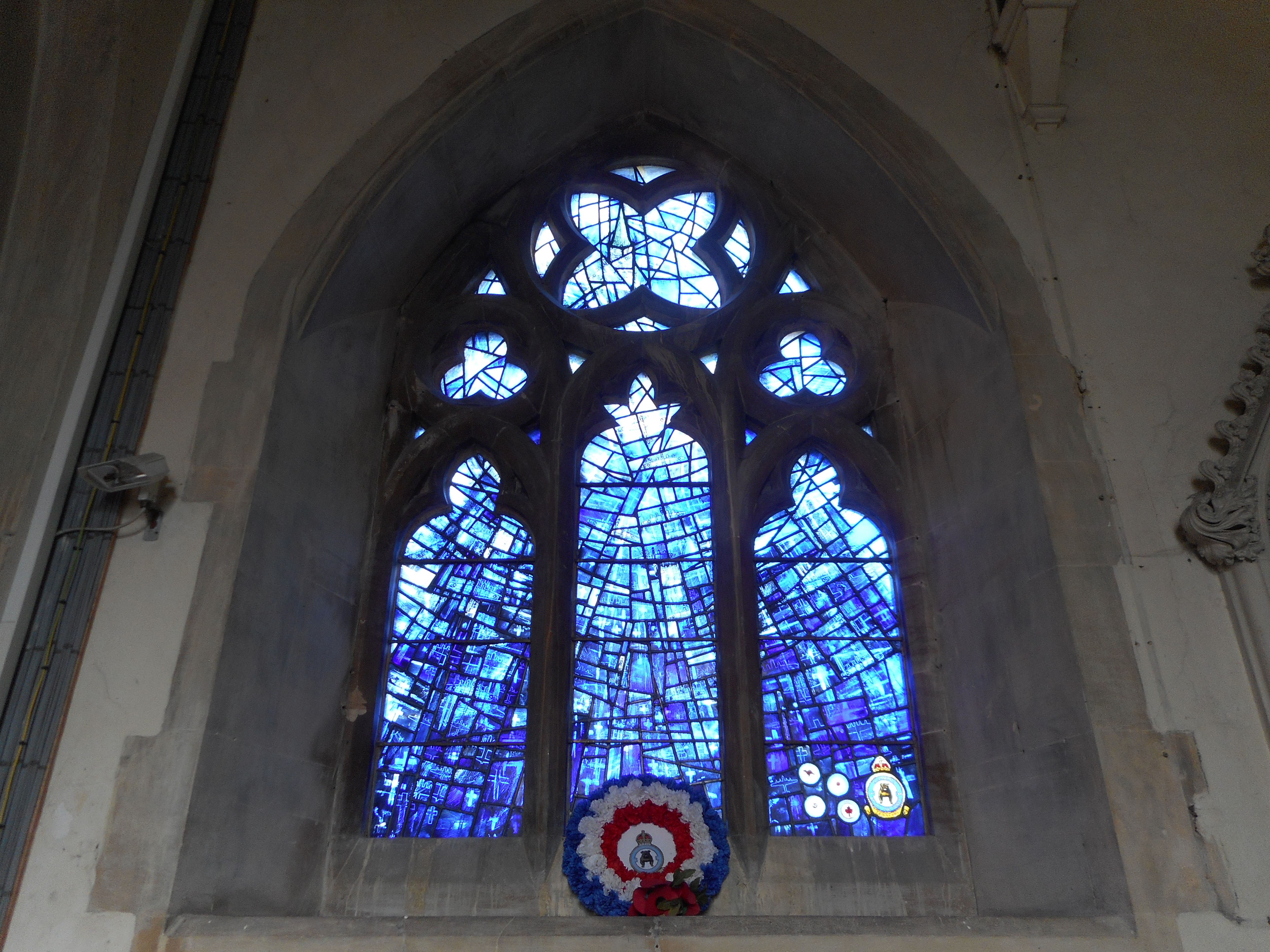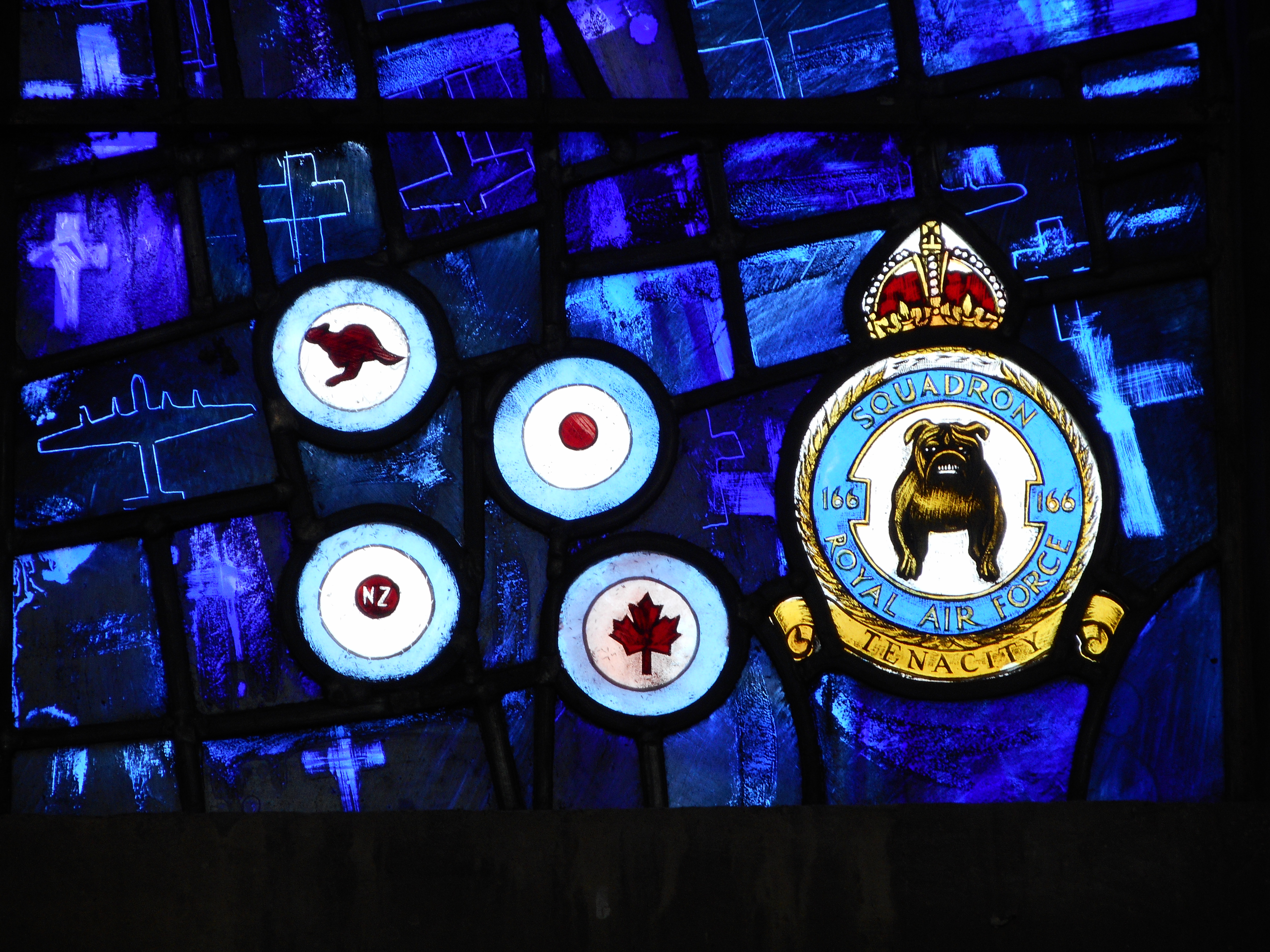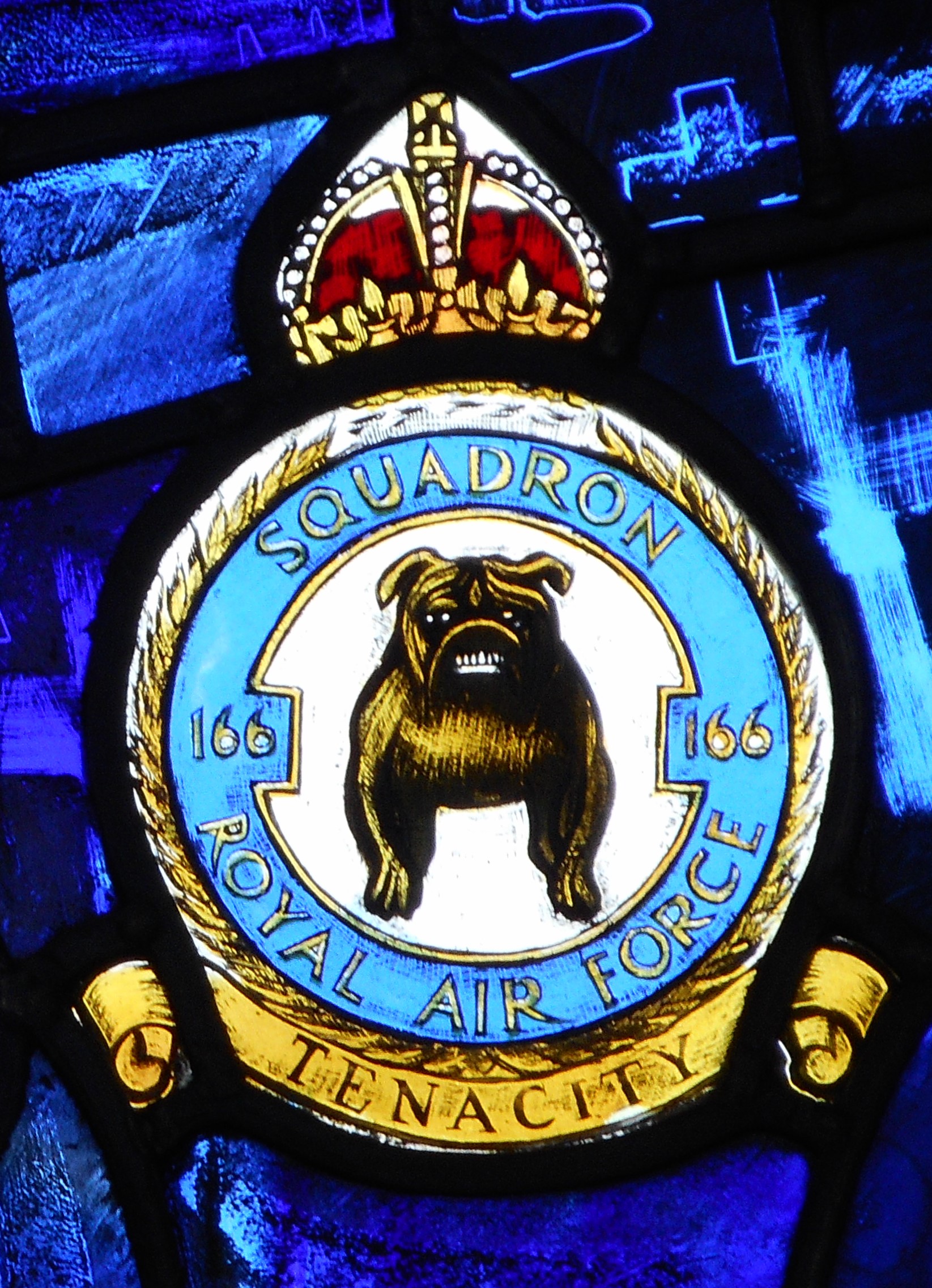Ball, Thomas
Personal Information
| Rank | Sgt |
| Forename(s) | Thomas |
| Surname | Ball |
| Gender | M |
| Age | 21 |
| Decorations | |
| Date of Death | 25-06-1943 |
| Next of Kin | Son of Thomas and Edith Ball, of Prestwich, Lancashire. |
Aircraft Information
| Aircraft | Vickers Wellington X |
| Serial Number | HE346 |
| Markings | AS-M |
Memorial Information
| Burial/Memorial Country | United Kingdom |
| Burial/Memorial Place | Runnymede Memorial |
| Grave Reference | Panel 141. |
| Epitaph |
IBCC Memorial Information
| Phase | 1 |
| Panel Number | 5 |
Enlistment Information
| Service Number | 1620011 |
| Service | Royal Air Force Volunteer Reserve |
| Group | 1 |
| Squadron | 166 |
| Trade | Air Gunner |
| Country of Origin | United Kingdom |
Other Memorials
| Location | Terminal Building, Humberside Airport, Lincolnshire |
| Country | United Kingdom |
| Memorial Type | Air Ministry WWII Bell & Inscribed Metal Plaques |
| Memorial Text | To commemorate the aircrew of 166 Sqn RAF who were killed in action flying from RAF Kirmington during WW2 |
| Location | Adjacent to Terminal Building, Humberside Airport, Lincolnshire |
| Country | United Kingdom |
| Memorial Type | Info Board & Inscribed Stone Monument |
| Memorial Text | In memory of the aircrew from many nations who flew with 166 Sqn RAF who were killed in action flying from RAF Kirmington during WW2 |
| Location | Memorial Gardens, Kirmington, Lincolnshire |
| Country | United Kingdom |
| Memorial Type | Inscribed Plaques |
| Memorial Text | Memorials to those who served on 166 Sqn flying from RAF Kirminton during WW2, including those who flew on Op MANNA |
| Location | St. Helena's Church, Kirmington, Lincolnshire |
| Country | United Kingdom |
| Memorial Type | Stained Glass Window, Inscribed Metal Plaque & Roll of Honour |
| Memorial Text | In memory of the members of 166 Sqn RAF who flew from RAF Kirmington during WW2 and did not return |
Miscellaneous Information
| In 1977 a few aircraft fragments were unearthed near the village of Holwerd by workmen. Further digging then took place which retrieved more aircraft parts and some human remains. However, the bulk of the aircraft was found to be too deep to reach and was left in-situ. The few remains recovered were reburied in grave 22. E. 10. in Groesbeek Canadian War Cemetery in 1978 after it was confirmed they were from a British WW2 aircraft. However, at the time it was not possible to ascertain precisely which aircraft. In 1991 this situation changed when two Dutch enthusiasts recovered a signet ring from the crash site which was later identified as formerly belonging to Sgt. J.P. Priestley. As a result of this, the RAF were able to confirm that this was the crash site of Wellington HE 346 and in 1992 the headstone over the grave was changed to reflect that grave 22. E. 10. is now known to contain the remains of at least one unidentified member of the crew of Wellington HE 346. |
Commonwealth War Graves Commission
The National Archives
| Record of Events (Operational Record Book) AIR 27/1089/13 |
| Summary of Events (Operational Record Book) AIR 27/1089/12 |
Fellow Servicemen
Last Operation Information
| Start Date | 25-06-1943 |
| End Date | 26-06-1943 |
| Takeoff Station | Kirmington |
| Day/Night Raid | Night (38% moon) |
| Operation | Gelsenkirchen |
| Reason for Loss | After successfully bombing the target, intercepted by a Bf 110 night-fighter flown by Hauptmann Rudolf Sigmund of the 10./NJG 1 and shot about. Ablaze, the bomber lost height and turned back inland as it crossed over the Dutch coast near Holwerd before ploughing into a dike wall. At first light the next morning all that could be seen was a crater which was full of mud. One local resident did, however, find a glove with the name 'Sgt. Priestley' written inside. It was handed to the local Bergermeister but it is not known what subsequently happened to it. In 1991, a metal detectorist found a signet ring engraved with 'J P' which was later identified by Jack Priestley's widow. This led to the site being officially recognised as the crash site of HE346 which had, until then, been offically recorded to have crashed into the IJsselmeer. A memorial was erected to the crew at the crash site on 24 June 1992. |
